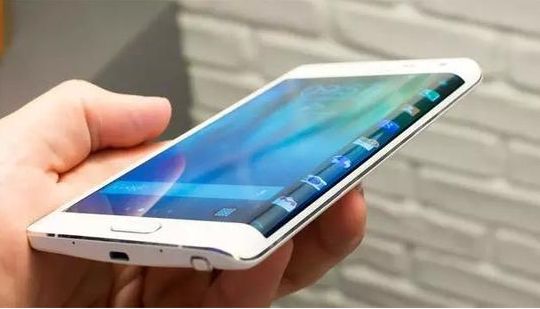This is Scientific American — 60-Second Science. I'm Christopher Intagliata.
One of the things that makes your smartphone so smart is that if you pull it out in the sun, it senses that—and dials up the screen brightness to compensate. But it's not a perfect solution.
"First of all it's still not bright enough—you have to remember how respectable sunlight is." Shin-Tson Wu, a physicist at the University of Central Florida. The other problem, he says of the brightened screen, is it kills the battery.
So Wu and colleagues have fabricated a battery-sparing alternative: an antireflective screen coating. Based on the eyes of moths.
"Nature is so rich! We can learn a lot from nature."

The thing Wu and others have learned about moth eyes, is that they're bumpy, studded with tiny projections. That uneven surface reduces the reflection of light off their eyes—thought to help the bugs evade predators, and see better in low light.
So Wu and his team built a similar surface with tiny dimples, to cut down on glare. He says the dimpled coating could boost the readability of a screen by five to 10 times, compared to a normal smartphone screen. The details are in the journal Optica.
The tech hasn't been commercialized yet, and that could take a few years. Which gives researchers time to take advantage of another property of these surfaces: they’re flexible. Meaning the possibility of curved or bendable displays. Combine that with the bendy batteries we reported on in a recent podcast, and it looks like the smartphones of the future could be set for a real metamorphosis.
Thanks for listening for Scientific American — 60-Second Science Science. I'm Christopher Intagliata.












